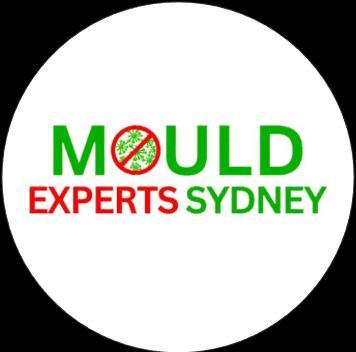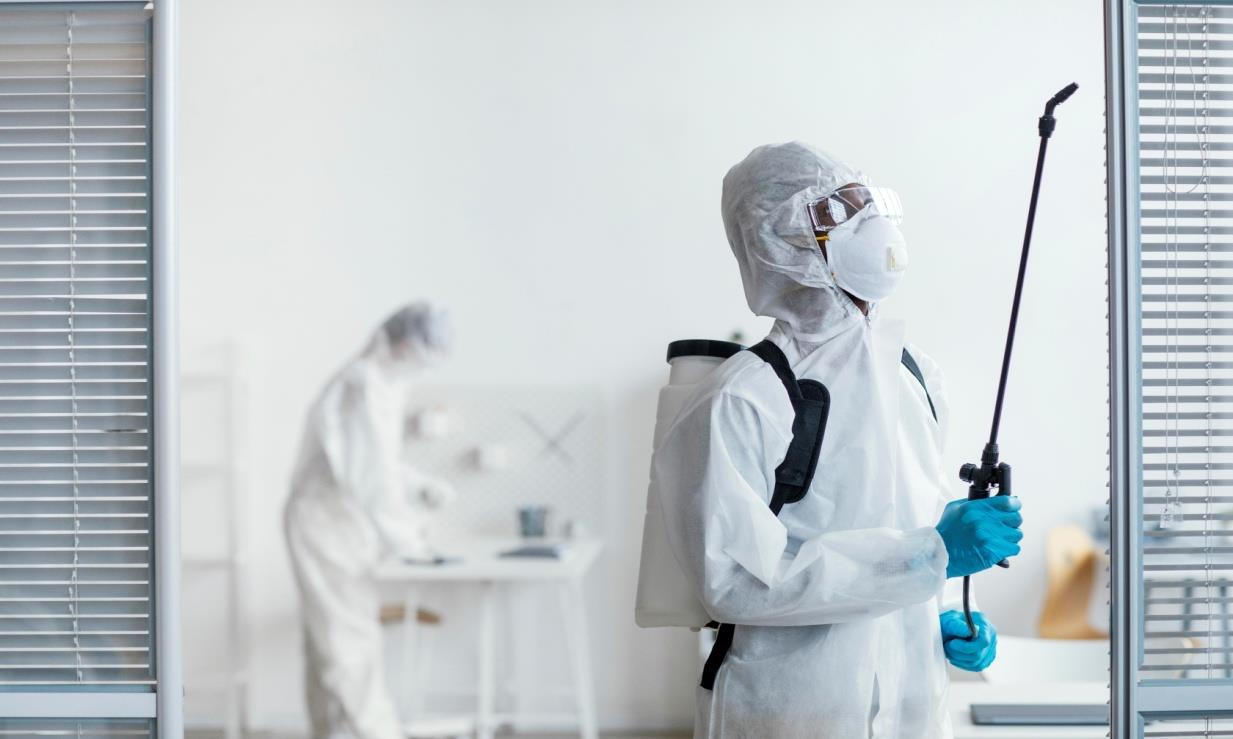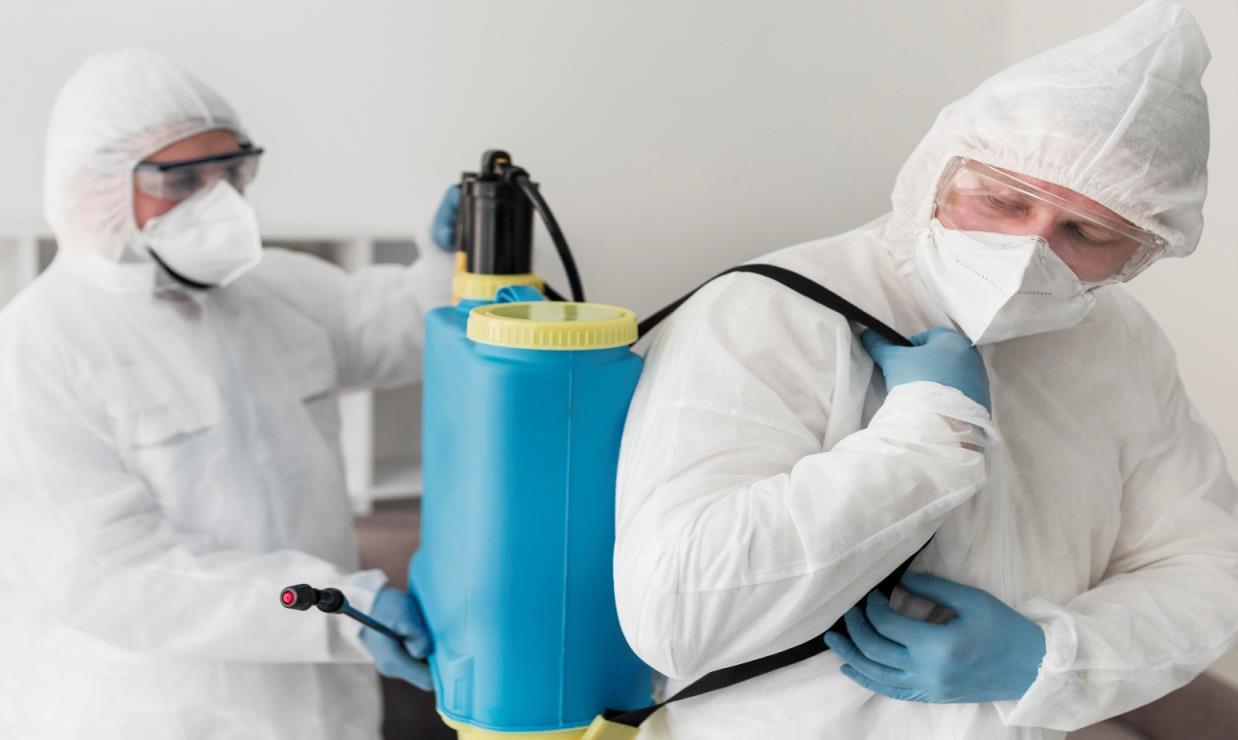

What Should You Expect During Mould Detection in Sydney?
Mould is a common issue in homes and businesses across Sydney, especially in areas with high humidity and poor ventilation. While minor mould growth might seem harmless, it can lead to serious health problems and structural damage if left untreated. That’s where professional Mould Detection in Sydney comes in. This comprehensive service helps identify the presence of mould, assess its severity, and provide solutions to ensure your property remains safe and healthy. But what should you expect during a mould detection process?
1. Initial Consultation and Assessment
The first step in professional mould detection is an initial consultation. When you contact a company like Mould Experts Sydney, the team will discuss your concerns and gather essential information about your property. This may include details about water damage, humidity levels, or specific areas where mould has been observed.
Based on this information, the team will arrange an on-site visit to conduct a thorough inspection. During the assessment, professionals will visually examine your property, paying close attention to areas prone to mould growth, such as bathrooms, kitchens, basements, attics, and any spaces that have experienced leaks or flooding. The goal is to locate both visible and hidden mould.
2. Detailed Inspection Using Advanced Tools
Once on-site, the mould detection team will utilize advanced tools and equipment to identify mould that may not be visible to the naked eye. These tools include moisture meters, infrared cameras, and humidity gauges. Mould thrives in damp environments, so pinpointing areas with high moisture levels is crucial for a comprehensive detection process.
Moisture Meters: These devices measure moisture levels within walls, floors, and ceilings. By detecting excessive moisture, professionals can identify potential mould hotspots.

Infrared Cameras: Thermal imaging cameras detect temperature variations that indicate water leaks or trapped moisture, which are common breeding grounds for mould.
Humidity Gauges: These instruments help measure the humidity levels in various areas of your property, as mould tends to grow in areas with high humidity (typically above 60%).
The combination of these tools ensures a thorough inspection, helping experts identify both active mould colonies and areas that are at risk of future growth.
3. Surface Testing and Air Sampling
In addition to visual inspections, Mould Detection in Sydney involves comprehensive testing to determine the type and concentration of mould present. There are two primary methods of testing: surface testing and air sampling.
Surface Testing: Mould experts take samples from affected surfaces, such as walls, ceilings, and floors. These samples are collected using swabs, tapes, or other collection methods and are sent to a laboratory for analysis. Surface testing helps determine the type of mould present and the severity of contamination in specific areas.
Air Sampling: Mould spores are often airborne, making air sampling an essential part of the detection process. Professionals collect air samples from different areas of your property using specialized equipment. These samples are also sent to a laboratory, where they are analyzed to identify the concentration of airborne mould spores and determine whether mould is present in your indoor air.
Air sampling is especially important because even if mould isn’t visible, it can still be present in the air and cause health issues. By testing the air quality, mould detection specialists can assess the overall indoor environment and ensure that airborne spores are effectively addressed.
1. Identifying the Root Cause
A key aspect of Mould Detection in Sydney is identifying the underlying causes of mould growth. Mould doesn’t just appear on its own it thrives in environments with excess moisture, poor ventilation, or water damage. After the inspection and testing are complete, the professionals will assess the factors contributing to mould growth in your property.
Some common causes of mould include:
Leaky Pipes: Water leaks from pipes inside walls or under floors create damp environments where mould can flourish.
Roof Leaks: Leaks in the roof can cause moisture to seep into ceilings and attics, promoting mould growth in hidden areas.
Poor Ventilation: Bathrooms, kitchens, and other areas with high humidity require proper ventilation. If ventilation is inadequate, moisture can accumulate, leading to mould problems.
Flooding or Water Damage: Flooding, whether from natural disasters or plumbing issues, often results in lingering moisture that fosters mould growth.
By identifying these root causes, the mould detection team can recommend solutions to eliminate the sources of moisture and prevent future mould infestations.
1. Lab Results and Report
Once the surface and air samples have been collected, they are sent to an accredited laboratory for analysis. The laboratory will identify the type of mould present, including whether it is toxic, allergenic, or pathogenic. Some common types of mould include:
Stachybotrys (Black Mould): Known for its toxic properties, this mould can pose serious health risks, including respiratory problems and neurological symptoms.
Aspergillus: A common mould that can cause allergic reactions and respiratory issues, particularly in people with weakened immune systems.
Cladosporium: Often found in damp areas, this mould can trigger asthma and other respiratory problems.
Once the lab results are available, Mould Experts Sydney will provide a detailed report outlining the findings. This report will include information on the types of mould detected, the concentrations of airborne spores, and the severity of contamination. Based on this information, the professionals will recommend a course of action for remediation.

1. Tailored Remediation Plan
After receiving the lab results, the mould detection team will create a customized remediation plan tailored to your property’s specific needs. This plan will detail the steps required to remove the mould and prevent it from returning. The plan may include:
Cleaning and Disinfection: Removing visible mould from surfaces and treating affected areas with antimicrobial solutions to prevent future growth.
Repairing Leaks: Fixing leaky pipes, roofs, or other sources of moisture that contribute to mould growth.
Improving Ventilation: Installing or upgrading ventilation systems in areas like bathrooms, kitchens, and basements to reduce humidity levels.
Dehumidification: Using dehumidifiers to maintain optimal indoor humidity levels and reduce the risk of mould growth.
1. Prevention Strategies and Follow-Up
Once the remediation process is complete, Mould Experts Sydney will provide you with prevention strategies to keep mould from returning. These may include regular inspections, maintaining proper ventilation, and promptly addressing any water leaks or moisture issues. In some cases, a follow-up inspection may be recommended to ensure that the remediation process was successful and that no new mould growth has occurred.
Conclusion
Mould detection in Sydney is a comprehensive process that involves detailed inspections, advanced testing, and customized remediation plans. The goal is to identify not only the presence of mould but also the underlying causes, ensuring that your home or business remains mould-free in the long term. With services like surface testing, moisture testing, and air sampling, Mould Experts Sydney provides a thorough approach to safeguarding your property and protecting your health.
By choosing professional mould detection services, you can rest assured that any mould problem will be addressed effectively and efficiently, allowing you to maintain a healthy and safe environment.
Contact Us
Phone No:- 02 8528 7484
Read More:- https://www.mouldsydney.com.au/inspection/ Mail- info@mouldsunshinecoast.com.au
